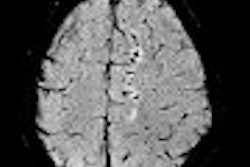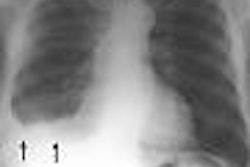Dear MRI Insider,
Ten million people in the U.S. suffer from some form of temporomandibular joint disorder (TMJ), according to statistics compiled by the National Institute of Dental and Craniofacial Research (NIDCR).
Strictly defined, TMJ is "an abnormal positional and functional relationship between the disk and articulating surfaces" (RadioGraphics, August 14, 2003).
But when it comes to the symptoms, causes, and treatment of TMJ, there are no strict definitions. As a result, clinicians are turning to MRI to help narrow the field. To read more about how the modality can aid TMJ assessment, both before and after treatment, click here.
Also, visit the MRI Digital Community to catch up on the latest news from the 2004 American Neurological Association meeting. You'll find a study on early progressive brain changes in multiple sclerosis, as well as an article on how MRI guides the management of traumatic spinal cord injury.
Finally, learn about contrast-enhanced MRI for depicting liver lesions, cardiac MR planimetry with steady-state free precession for aortic stenosis, and the value of susceptibility-weighted MR for fine-tuning neurological exams.


.fFmgij6Hin.png?auto=compress%2Cformat&fit=crop&h=100&q=70&w=100)





.fFmgij6Hin.png?auto=compress%2Cformat&fit=crop&h=167&q=70&w=250)











